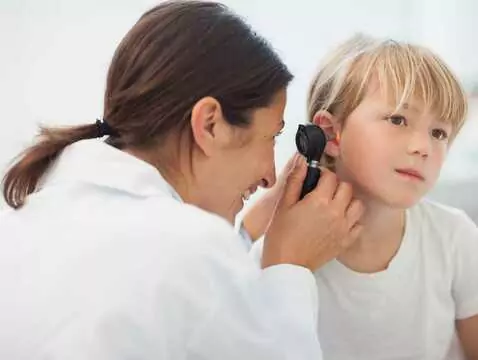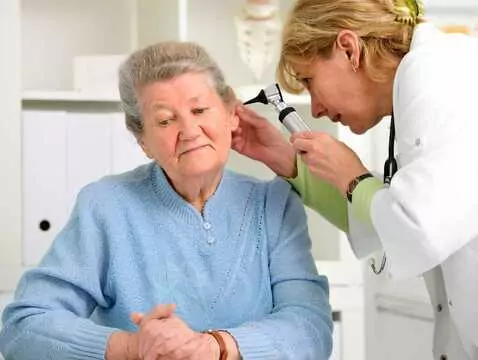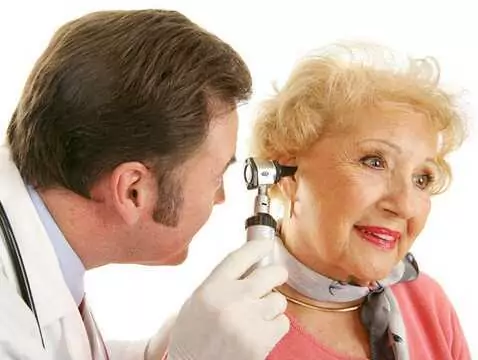An imbalance disorder, or vertigo, is a condition resulting from a disturbance in one of the components of the balance system. The number of connections and the variety of synapses make it extremely difficult to determine the specific cause of balance disorders and dizziness. However, it is the correct diagnosis that allows appropriate treatment and relief of symptoms. The majority of patients qualify for conservative treatment - pharmacotherapy, but in a few cases, when all other methods fail - surgical intervention becomes necessary.
Causal surgical treatment
The basis for undertaking a treatment as invasive as surgery is to determine the cause causing the disorder. If none of the methods (conservative and symptomatic) are able to cope with the problem, the decision is made to expensive surgical procedure. This applies to cases where the cause of the dizziness is middle ear disease (such as exudative otitis, acute otitis) or vestibular and cochlear nerve tumours. In cases of exudative otitis - which is one of the most common causes of balance disorders in children - it is necessary to decompress the eardrum through drainage. In many cases, surgery also involves the removal of an oversized pharyngeal tonsil or fistula interventions.
Symptomatic surgical treatment
The qualification for surgical procedures, as a symptomatic treatment, is to use all other available treatments without the desired effect, while failing to identify the cause of the dizziness. Such conditions accompanied by symptoms of persistent dizziness include Ménière's disease or benign paroxysmal positional vertigo (BPPV).
Rehabilitation
Vestibular rehabilitation is a procedure involving the application of stimuli that aim to stimulate the vestibule to work and, as a result, restore its normal function. Another aim of rehabilitation is to speed up the process of central compensation, as well as to improve the coordination mechanisms between the organ of vision and deep sensation.
Rehabilitation is used when there has been total or partial damage to the vestibule in the course of disease development. People who have a chronic problem with dizziness during repositioning, as well as elderly patients with balance disorders, also undergo vestibular rehabilitation.
Rehabilitation is thus based on two processes, on the one hand compensation and on the other normalisation of the vestibular system.

photo: panthermedia
The main goal of vertigo treatment is to nullify or completely eliminate the dizziness. The entire process - both treatment and rehabilitation - is based on the outcome of the diagnostic process, i.e. the diagnosis. It is this that ultimately determines both the course of treatment and rehabilitation. The vast majority of people suffering from balance disorders caused by vertigo can be treated conservatively or symptomatically with pharmacological agents. As a last resort, in a minority of cases, balance disorders require surgical intervention - invasive treatment. [1]









